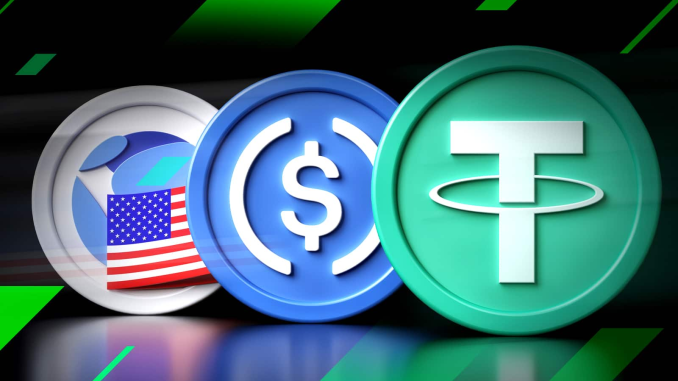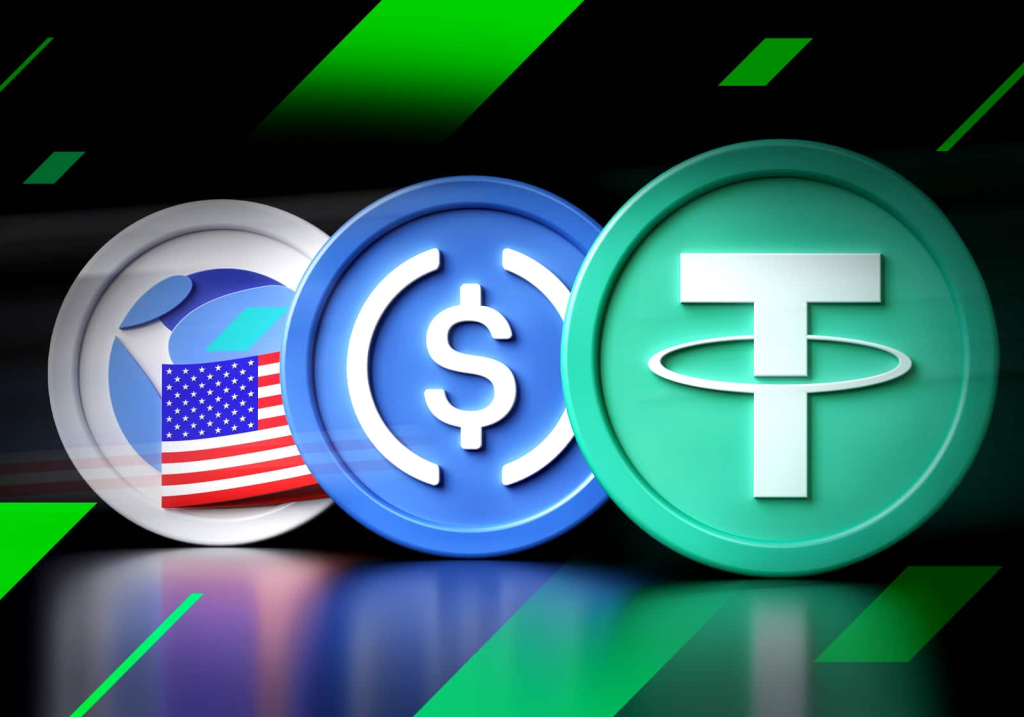
Connie Bloem of Mesh.trade explains why US dollar and even ZAR stablecoins, such as the recently launched yZAR, are exploding around the world. From Moneyweb.

You can also listen to this podcast on iono.fm here.
Stablecoin adoption is exploding – from virtually nothing six years ago to $250 billion today.
The growth has been so extraordinary that it prompted the International Monetary Fund to warn that stablecoins and other financial innovations are reshaping the global economy in ways policymakers can no longer ignore. It’s effectively an admission that they’ve been caught napping.
Listen/read: Is this the future of investing?
There are even a few ZAR [rand-based] stablecoins that now earn attractive yields and allow you to remain within the crypto space without having to switch to fiat.
In this podcast, Connie Bloem, CEO of Mesh.trade, unpacks what’s driving the latest explosion in stablecoin adoption: the US recently adopted the Genius Act, which lays out the ground rules for stablecoin issuance and the types of allowable collateral.
“We’ve been prophesying about this moment for four years. A lot of people in the formal markets maybe laughed at us coming out of the crypto space, saying: ‘No, you will never see mass adoption [of stablecoins].’
“But the rate of adoption has just been increasing [at] an astonishing amount over the last couple of months. I think it was very much prompted by the US bringing in the Genius Act.
“Stablecoins are digital currencies pegged to assets such as the US dollar or the rand. They were originally conceived as a way to park profits made from crypto trading. There are more interesting use cases: people in developing countries have realised they can convert their unwanted local currencies into something a little more stable – like Tether, which is pegged 1:1 to the US dollar.”
The regulatory landscape is moving ineluctably towards far more aggressive stablecoin adoption.
“The American regulator has taken the approach that they truly believe in the crypto market, that they truly believe in blockchain-based markets, and they’ve created regulatory constructs within the Genius Act and soon-to-come Clarity Act. I love the names the Americans come up with because they just describe what is in the box,” says Bloem.
“What’s interesting is that America has decided stablecoins can be backed by US Treasuries or the US dollar. And, that’s obviously also a part of [their plan] to decrease their debt and also get a lot more dominance in the US dollar.
“What I don’t agree with in these Acts is that you can’t actually have interest being paid or yield being paid on these stablecoins. And the biggest question that I ask is: who gets the interest and who gets the yield actually from what these assets are backed by? Because if you back your stablecoin with dollar treasuries, there’s still a coupon being paid.
“Who gets the benefit of that coupon, because it’s obviously not the people buying and holding that stablecoin?”
Read/listen: How to make your crypto sweat
That, says Bloem, will likely be clarified in the upcoming Clarity Act. At present, the yields earned on US Treasuries are paid to the stablecoin issuers like Tether and Circle (the issuer of USDC), making Tether the most profitable company in the world per employee.
There’s growing pressure from stablecoin users to share in these profits, as it is their capital that enables this kind of profit-making.
Bloem also discusses Mesh.trade’s newly issued rand stablecoin, yZAR. The good news is you can earn yield on this and instantly convert it into a range of other digital assets on the Mesh platform. yZAR is designed for ‘lazy cash’ looking to earn yield for a few days before it is needed again for something else, with no lock-up periods.
The yield compounds daily and is settled monthly, without having to put it into a 32-day savings account at a bank. The yield starts off at 5% annually and will increase as liquidity improves, says Bloem.
Another new offering on Mesh.trade is a silver-backed stablecoin, with one token equivalent to one ounce of silver.
This complements a gold-backed token already issued on the platform and eliminates the logistics and costs of hoarding physical gold or silver, such as storage and insurance.
“You can also take physical delivery of the silver, just as you can with our gold coin as well. But silver is a commodity that’s actually incredibly hard to find. So as a normal investor, if you want to go and invest into silver, there’s not a lot of options available for you in the formalised market. And any good portfolio, any model portfolio, does have an allocation towards commodities,” says Bloem.
Mesh is launching new products almost every week, which Bloem says is an advantage of a blockchain-based system. In contrast, launching products would take many months, or even longer, in the traditional finance space.
It took just two and a half weeks to launch the silver-backed token.
This fascinating podcast delves deep into how blockchain-based markets such as Mesh.trade are reshaping the frontiers of finance and bringing wealth-building opportunities to the masses.
